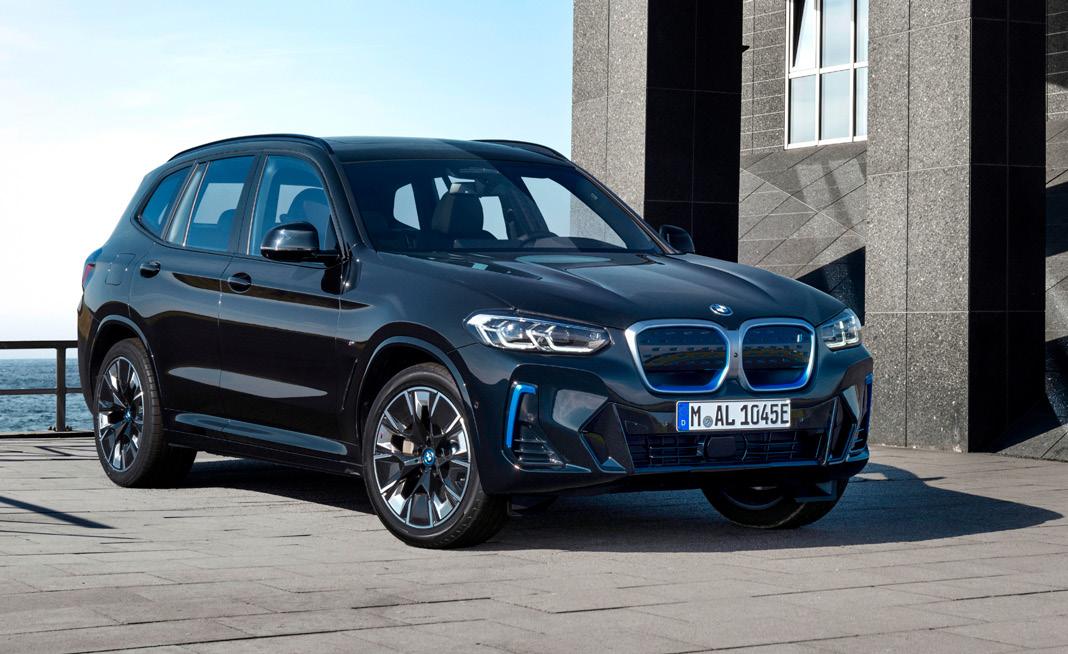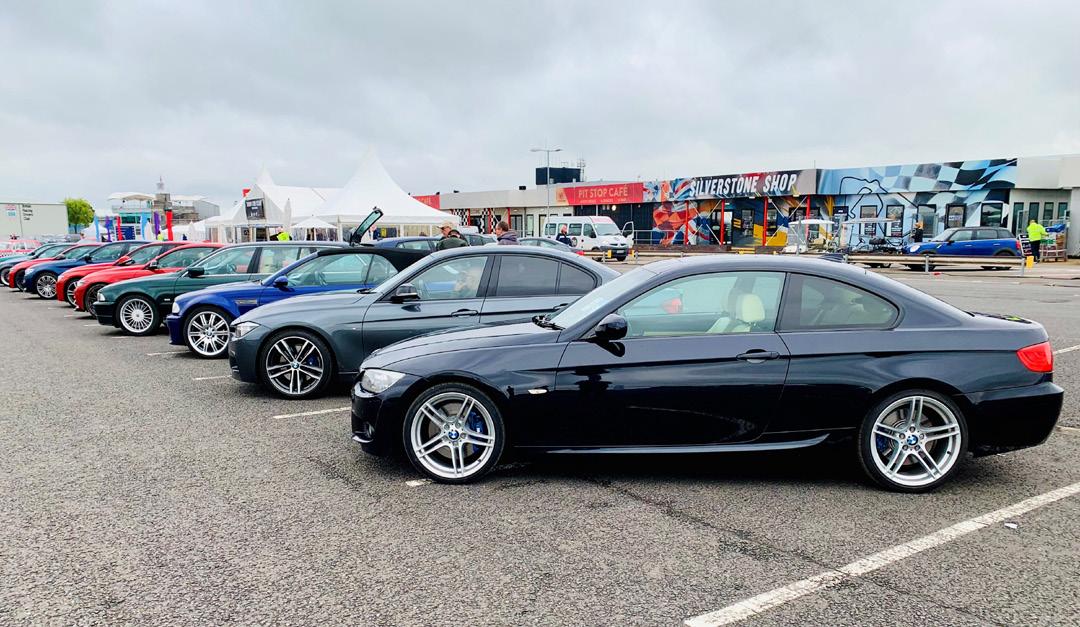
4 minute read
A dream combination
Words: David Mason / Images: Motortrend, Drive2
Who would have thought it? My dream vehicle exists, but there are only two of them in the world. Imagine a 1930s Hollywood-style open topped roadster but designed and built in the early 1980s.
Advertisement
Throw in a Citroën centralised high pressure hydraulic system and BMW engine and drivetrain. Add to that, a chassis made up of 21 precision aluminium castings, SAAB door hinges, Mercedes door latches, Cadillac electric windows and BMW electrics. If the car was just an assemblage from other makers’ part bins, the vision was to select only the best.
The Cumberford Martinique was the vision of Robert Cumberford, American car designer, motoring historian, author and critic. He was feared and admired for his hard hitting and insightful critiques of cars and men. He described Alec Issigonis as ‘not terribly innovative’ and Chris Bangle as ‘a man with the courage of his convictions and of solid character, and he is worthy of our admiration for that alone.’ The i8 he said was ‘BMW’s extreme expression of a possible and probable future for the automobile, [it] is a brilliant reality.’
The company formed to build the Martinique was led on the business side by Robert’s brother, James and Henry Buckhards III. Robert and James loved boats, which may explain the wood veneer used to cover the Martinique’s Kevlar and foam built wings, of which more later.
The unique Citroën centralised high pressure system originated in the DS, a machine which looked as if it came from space when it was launched in 1953 into a world full of drearily bodied vehicles equipped with cart spring rear suspension, non-powered steering and not a whiff of flair. As well as providing previously unknown levels of ride quality and handling, the DS’s suspension was self-levelling with the ability for the driver to adjust the ride height and was the perfect fit for the Cumberford. The same Citroën hydraulic system powered the Martinique’s steering and brakes. On the DS it also operated the semi-automatic gearbox. Cumberford also used Citroën’s speed variable power steering and a unique self-centring function developed for the CX.
The Martinique was powered by the BMW 7 Series 3.2 litre-derived engine that produced 174bhp, which was fuelled by Bosch Jetronic fuel injection and had a chain driven single overhead cam. Power went to the rear wheels by either a ZF auto or Getrag manual transmission. The power output was not huge, not by 2021 standards, but the engine was a worthy example of a long line of sublime BMW straight sixes. As smooth as silk, quiet and refined until provoked, then it produced just a hint of a snarl. It was the type of engine that set BMW apart. BMW was, and is, the master of the straight six. We can only mourn its approaching end.
BMW provided the electrical system, the emission control system and other crucial components for the Cumberford. The only part of the drivetrain that was not BMW were the steel half shafts, specially manufactured to mesh with the BMW U-joints at one end and the Citroën wheel spindles at the other. Michelin developed a special tyre for the car and the unique and elegant wheels were produced by a division of Rockwell International.
The car’s looks might be described as controversial. Its front grill and ungainly headlights were incongruous against the flowing roadster body. The wood veneered wings are very much a matter of taste, unless perhaps you love yachts and yachting. However, ignoring those debatable details, the Martinique had the flowing elegance of an earlier age. Imagine Carey Grant at the wheel with an azure Mediterranean Sea background on a winding coastal road, Grace Kelly in the passenger seat.
The Martinique was intended to have a unique place in the market. Its asking price was to be $125,000., which made its contemporary, the Ferrari 308, look like a hot hatch at $45,000. Production was limited, but about 100 wealthy people paid deposits with Cumberford. Funding for the development and production of the car was forthcoming at first, but then in 1982 John DeLorean’s drugs scandal emerged, plus the economic climate of the day, induced investors to withdraw their support. Only two Martiniques were ever built and the project came to nothing. One of the prototypes sold in 2015 for a cool $3.9million.
Having owned and driven Citroën DSs and CXs, along with BMW straight-six powered cars, I know their contributions to the Martinique were individually brilliant and unique. In combination, I expect they were undoubtedly superb too. I can only try to imagine what it would be like to have owned and driven such a car.












